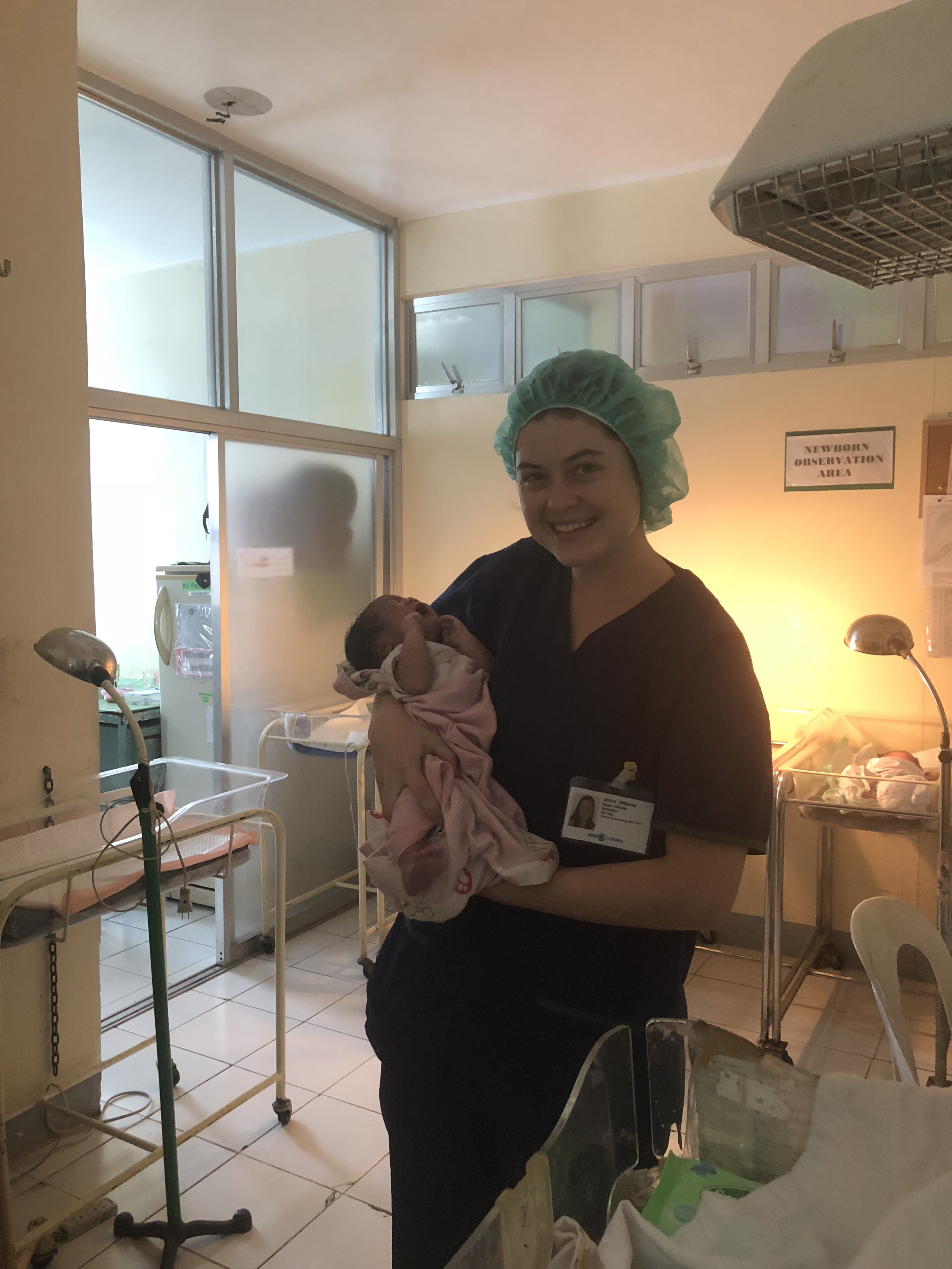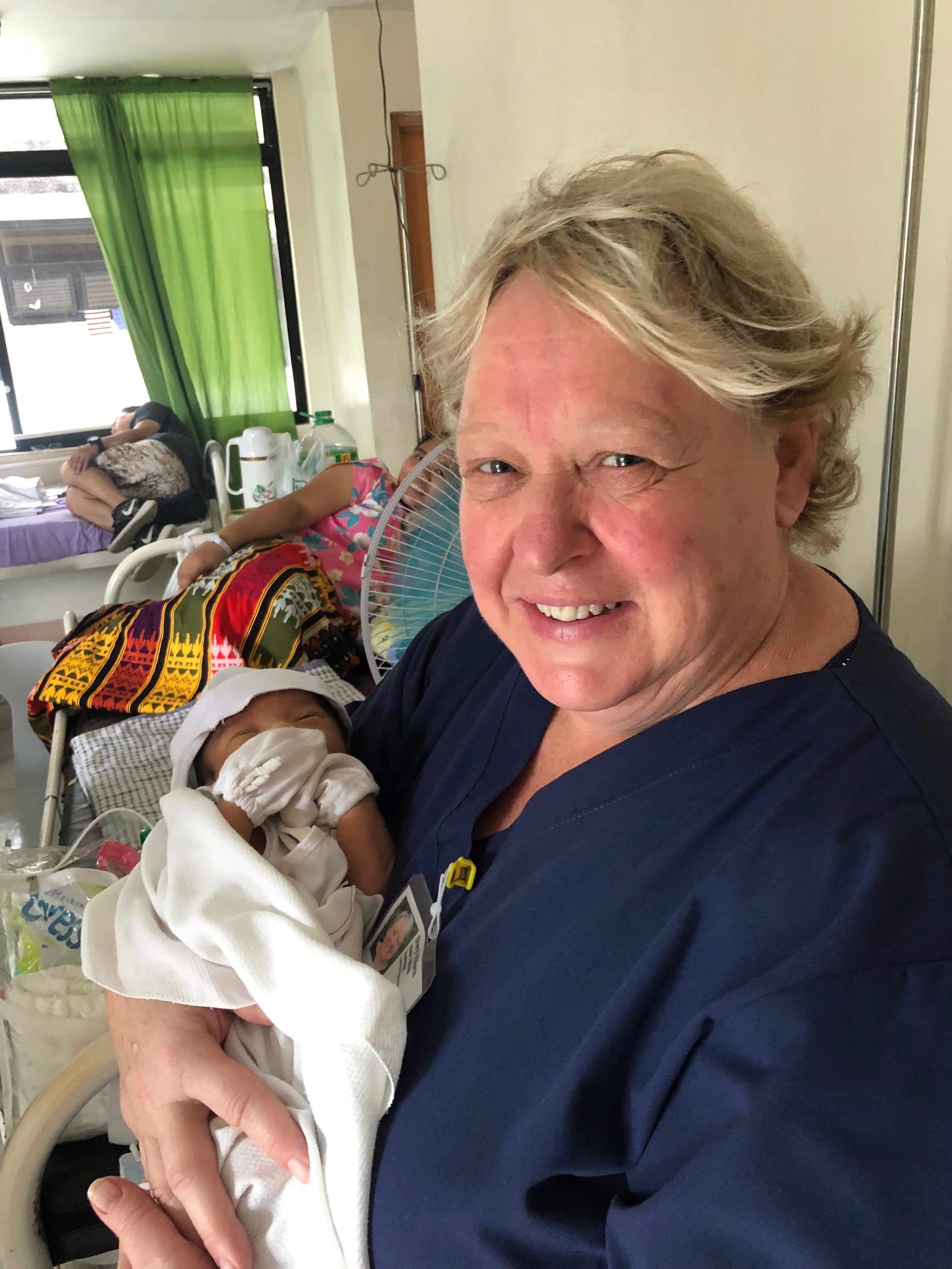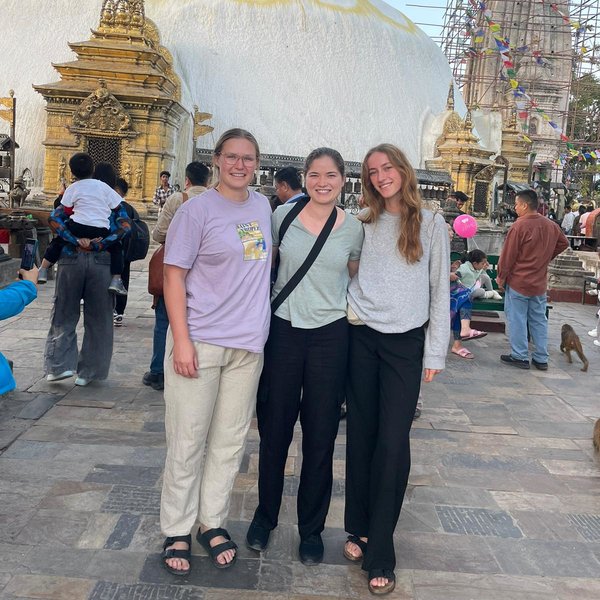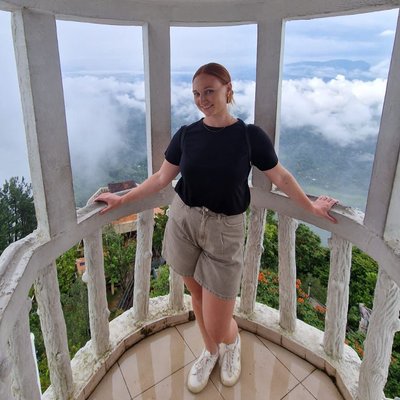La Trobe University 2018
 Jenna and Sheryl are a mother and daughter duo who travelled with us to the Philippines.
Jenna and Sheryl are a mother and daughter duo who travelled with us to the Philippines.
The aim of our placements with Work the World was to learn about how Filipino culture impacted the delivery of care.
We also wanted to learn about the inventive practices Filipino staff use to help their patients in spite of a lack of resources.
Our journey began on the first day with our first jeepney ride. Jeepneys are part of the local public transport system. We learned that jeepneys were never too full to fit one more person on.
This was our transport to and from the hospital each day.
The Placement
 Our placement hospital provided public medical services to over one million people.
Our placement hospital provided public medical services to over one million people.
We spent our first shift in the obstetric emergency room. Whatever treatment was required, it was attended to in the room with all the other patients present.
It was in this area we discovered women had to be on their own. No partner or family were allowed in.
We visited the program for young parents too. It’s a new initiative by the hospital that provided support during pregnancy to girls and women between the ages of 12 and 19. The support was given most often in the final weeks of pregnancy. These patients were also offered education on pregnancy prevention.
We then spent time in the delivery ward where all labouring women were cared for until after giving birth.
 The women quietly supported each other through labour.
The women quietly supported each other through labour.
Local staff taught us that if a woman makes noise during labour, it means that she has sinned against God. Needless to say, religion is very important to the people in Iloilo.
At one point there were 11 women labouring in this one area, and there were three beds between them.
Unlike in Australia, there was no separation between women giving birth normally and those with complications or risk factors — twins, preeclampsia, or hypertension for example.
The doctor assessed the women at regular intervals. Once they were in the active pushing stage, they were walked to a different area to give birth.
We observed an emergency caesarean section here too.
 Then it was off to the postnatal ward where there were 35 beds, 98 women and 101 babies! Mothers remained in hospital for up to seven days.
Then it was off to the postnatal ward where there were 35 beds, 98 women and 101 babies! Mothers remained in hospital for up to seven days.
There was a shortage of beds, so they were shared with other mothers and their babies. Sometimes they sat on chairs resting their heads on side of the bed with their babies in front of them.
The family normally provided the bedside care. They would bring in food and clothes, and helped with day-to-day hygiene.
If any medical supplies were needed, the family bought and delivered these as well.
Another difference between the Philippines and Australia is that breastfeeding is mandatory. Mothers aren’t allowed to use any kind of artificial supplement.
On another day, we did a shift in the NICU. The staff there were fantastic.
 The NICU here was, in fact, quite similar to the NICUs in Australia, but without all the modern specialised equipment.
The NICU here was, in fact, quite similar to the NICUs in Australia, but without all the modern specialised equipment.
Our placement with Work the World has had a significant effect on us.
It made us realise how lucky we are to live a country that provides equal access to healthcare for everyone.
We complain about the long waits to be seen in Australia. But the people of the Philippines happily sit outside all day waiting for care.
There’s no privacy when they receive treatment either, but they just accept that with smiles on their faces.
The whole thing offered perspective we couldn’t have got at home.
If you haven’t put a trip with Work the World on your bucket list, I suggest you do so.









